The world’s first production variable compression ratio engine comes from Infiniti (also, check out how it works here), and now it appears Toyota has also been working on a similar idea, according to a US Patent & Trademark Office filing dated February this year.
Toyota’s method for variable compression ratios works in a fundamentally different way from Infiniti’s. While the latter’s VC-T technology helps raise and lower the height of its pistons’ reach by means of an electrically operated actuator arm, the Toyota concept takes conventional connecting rods and mounts a pair of hydraulic pistons atop each one.
A switching pin and check valve determines which of the two hydraulic pistons compresses and therefore which of the two compression ratios it operates with, effectively giving the connecting rod two operable lengths for a high compression ratio and a low compression ratio.
As mentioned, this setup is hydraulically operated, and specifically it is the switching pin which conveys the settings via oil pressure. When it receives a set level of oil pressure, the connecting rod would go to its longer length for a higher compression ratio, and when pressure drops below the predetermined threshold, it will become shorter for a lower compression ratio.
The general idea is to have the best of both worlds in terms of efficiency and outright output, where a lower compression ratio aids fuel economy while a higher compression ratio boosts power. Toyota’s patent for a variable-length connecting rod lowers manufacturing costs and improves reliability for the variable-length items, the manufacturer claims.
Alongside its strong push in developing alternative-fuel powertrains, Toyota appears to still see potential in the slightly more conventional internal combustion engine, albeit with added innovation. It hasn’t made claims for its own technology just yet, though compatriot Infiniti says its own development will have the power of a high-performance 2.0 litre turbo petrol, with the torque and efficiency of an advanced diesel.
Toyota’s patent only refers to the connecting rod innovation, and has no mention of whether the engine is of natural aspiration or forced induction. For the former, Toyota has its upcoming Dynamic Force range of engines which will focus on areas including friction reduction, exhaust flow, cooling and intake improvements. A 2.5 litre version of that range has attained a thermal efficiency of 40%.
It remains to be seen which models Toyota will install this technology into. Infiniti’s version is tipped to debut in the next-gen QX50 SUV.
Looking to sell your car? Sell it with Carro.

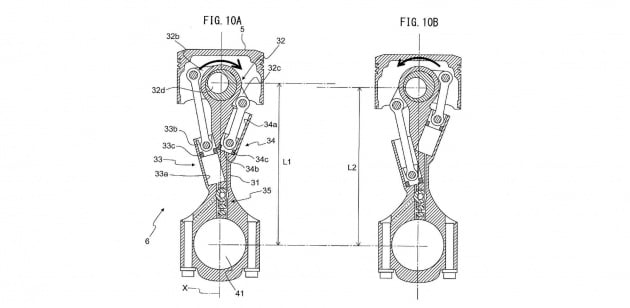
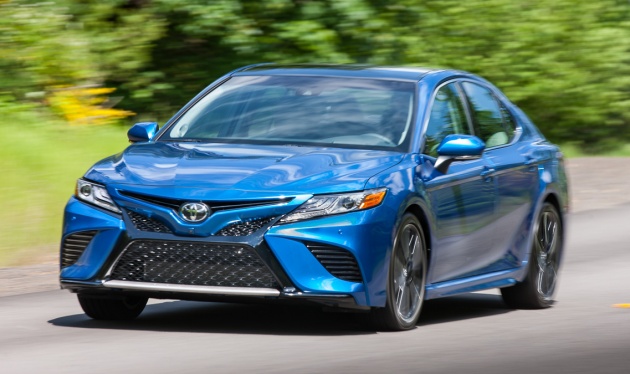
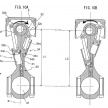
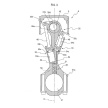
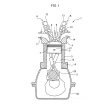
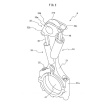
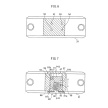
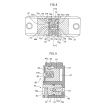
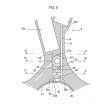
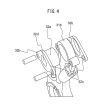
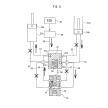
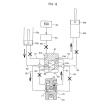



























This is R&D. Designing dashboard and elongate a car are not R&D.
Why talk bad about keli vios?
Dumb idea. So many points of failure. If there’s a hydraulic seal failure within one of the many cylinders, the engine will suddenly be imbalanced due to a single piston running with a different compression ratio and piston throw. Infiniti’s design is much better and more elegant.. limit the variable component to a single subsystem that, even if it fails, the engine will still be running relatively fine with uniform compression across all cylinders.
Campro’s design is more efficient and much reliable.
Infiniti > Lexus > Toyota
Uneven compression is a given on any engine with some miles on it.
But I agree this is a much more complicated system then necessary.
Variable compression and displacement (albeit dynamic compression instead of static) engines do exist, and it is quite common. Its call a turbo charged engine.
The Mazda Skyactive engines also employ some form of variable compression/displacement by switching between Otto and Atkinson cycles depending on engine load.
In this case, it will be different as the piston throw is different, so not just the compression is affected. The reciprocal mass will be a bit different since it’s a function of the mass and the radius of gyration. In this case, the radius of gyration is altered slightly on a per-piston basis in order to lengthen or shorten the piston throw/stroke, hence altering the compression ratio. Granted, it would be a small amount, probably 2-3mm at most, but at a few thousand RPMs, that unequal distribution of reciprocal mass will definitely be felt..
for all you know, Toyota may have begun researching on this matter 4-5 yrs ago and upon success only patented this so it cannot be copied intentionally.
Honda did the same with VTEC, patented and launched in 1988 when it began R&D perhaps in 1983-84 (Toyota already had its first VVT system used for JDM models)
Dont act “gao gao” and be the laughing stock for everyone .. ;)
Only those who dun understand will laff at Donkeys explanation. Its just too technical for luddites to handle.
Concept wise, looks similar to the old Honda VTEC actuation, either ON or OFF via hydraulic switching pins (but of course, this concept is used on piston whereas VTEC used on valves).
Somehow, an electronic controlled VCR would be more refined & gives more compression ratio options, rather than the 2 options available by Toyota. Cost wise, Toyota option would be cheaper & maybe (???) more reliable but then again, electronics today are very much more reliable than what they were 30 years ago.
Looking forward to see who else will comes out with VCR engines & it’s implementation into daily drive cars. But then, with the huge interest in electric or hybrid cars, this technology may not even see full maturity (will be implemented but won’t be refined further as electric or hybrid cars will be the flavour of the younger generation).
in VTEC engines the switching pins are used in camshafts, and not the valves.
Why would Toyota/Infiniti or anyone for that matter still want to use an ICE with 40% thermal efficiency “only” when power to convert into energy in motion by Electrification is much more efficient & cleaner??!
40% thermal efficiency means 60% is lost due to un-burn or wasted fuels Right?! Hoping someone can enlighten me on this! Cheers…
Rest is lost to Heat. A byproduct on internal combustion.
No doubt electric cars have less losses, but the real losses occur further upstream. Transmission losses and resistance from the powerplant to your home is substantial, which is why they run very high voltages to minimize losses.
Electric powertrain’s driveline efficiency is high. But, its efficiency is closer upstream, even before the powerplants that deliver electricity to you point-of-use – the power storage and power recuperation system on electric cars itself. Poorer power density vs. fossil fuels.. long recharging times to limit heat generation and electrode wear.. etc.
Thank Q 4G63T & DonkeyKong for the info. Now that’s what I call comments worth reading. Cheers.
Funny everyone including Toyota has forgotten about SAABs variable compression engine.
Instead of On/OFF, the SAAB version is infinitely variable, by way of tilting the head to increase or decrease the compression chamber size.
it all depends whether it successful or not and whether its commercially viable. toyota doing this is showing it still can expand the idea further. just like when Toyota had VVT in 1980s, Honda had VTEC. then everyone joined the band with its own version of. Mitsubishi has MIVEC, Nissan has VTC, then Honda also had its own i-VTEC.
This engine will breakdown. Too many parts and movement. Anyway, who buys Toyota these days? Second value is also dropping like crazy.
Everyone car owns a low tech highly efficient system called VPCF, Variable Pedal Compression by Foot.
CONTROL your foot, it beat all.